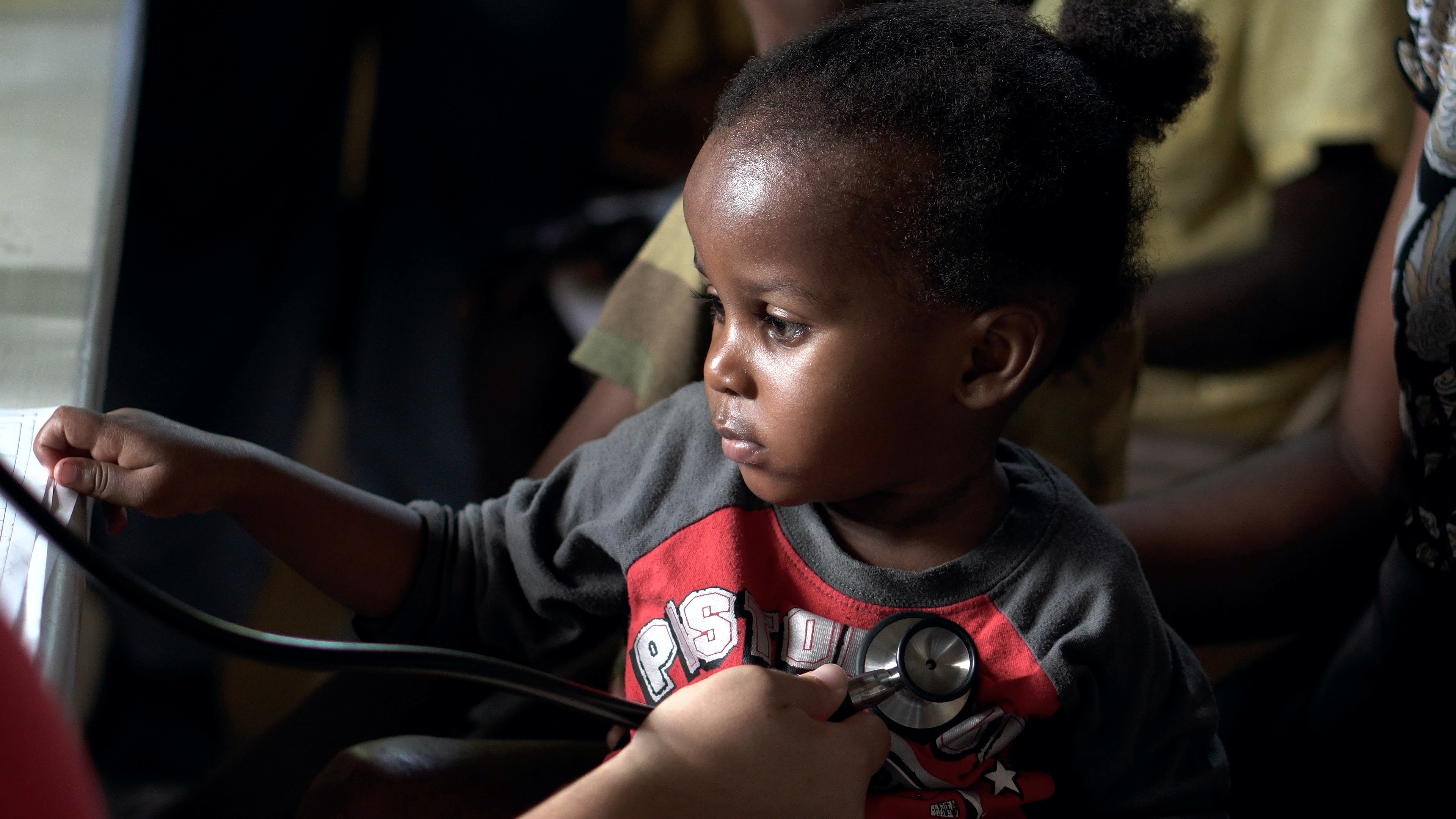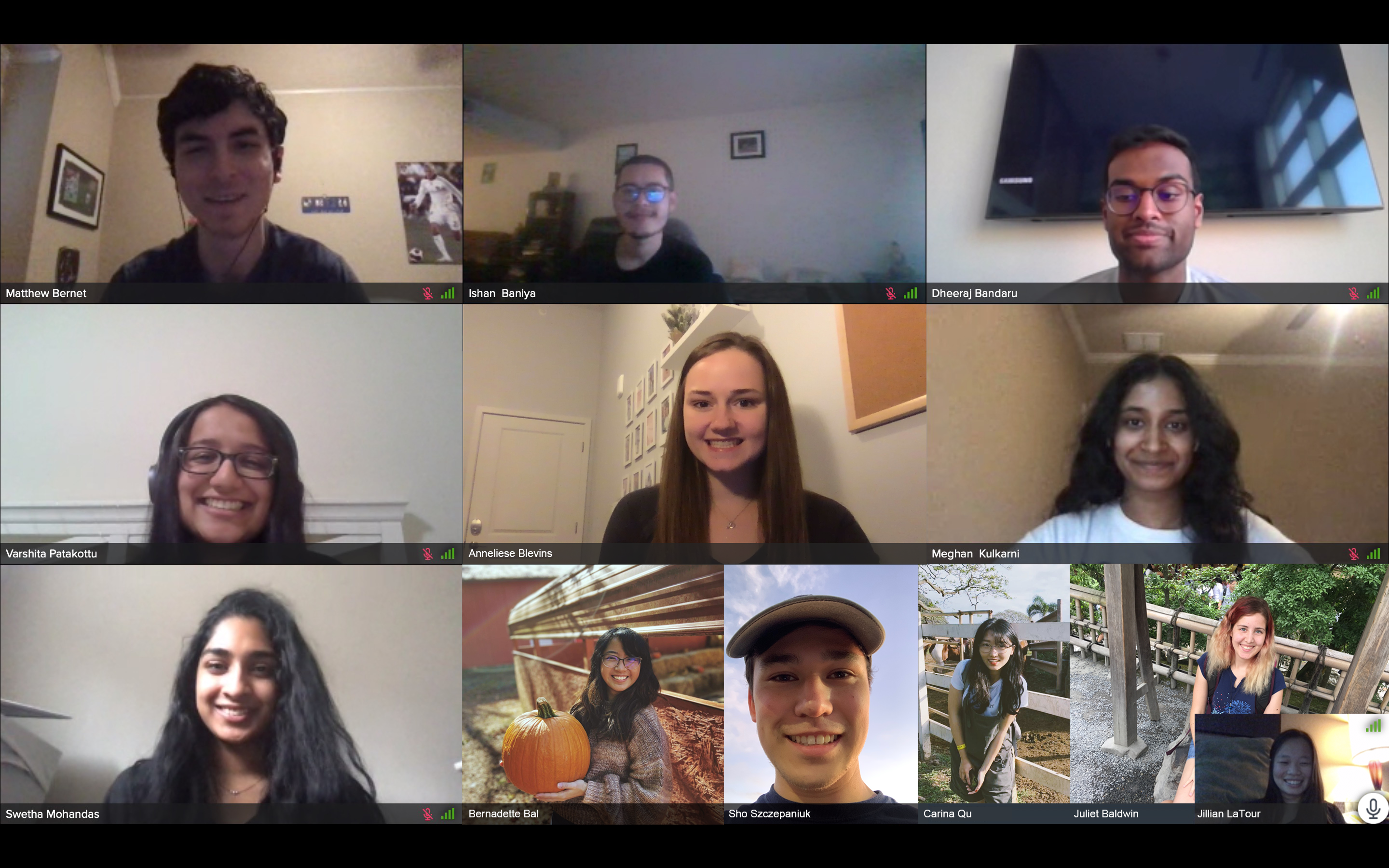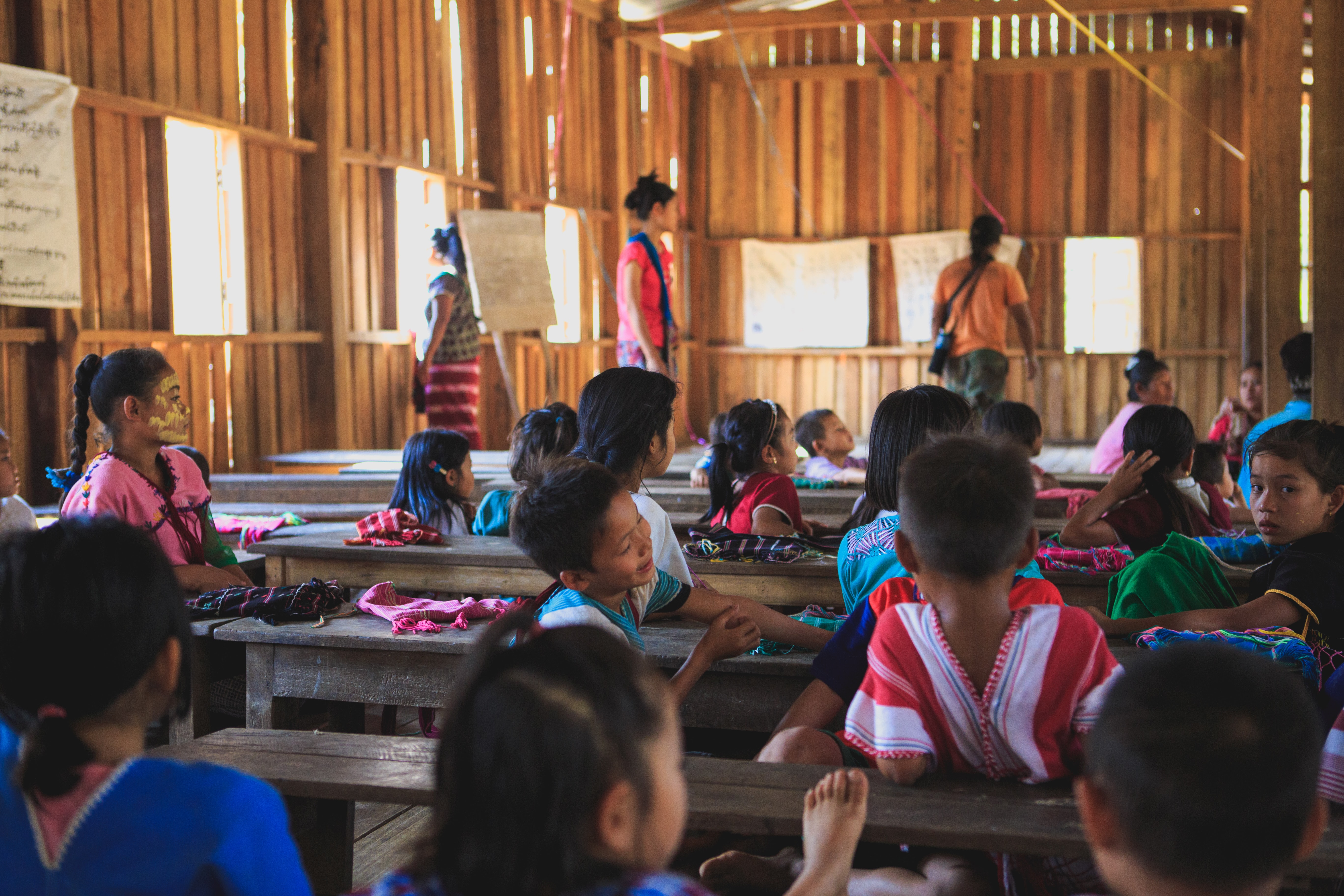
COVID-19's effect on the refugee population
COVID-19 has had a devastating impact on the refugee populations around the world.
It’s been well over a year since the onset of the novel coronavirus and we’re yet to find any cure for the disease that has devastated millions of lives across the globe. At a point when many countries are still struggling to contain the pandemic and save their citizens from contracting the disease, the already troubled refugee population continues to be the most vulnerable part of our society. With extremely limited access to health care, high-density populations in the camps and disease-prone living conditions, the refugee situation is a major cause of concern in the wake of COVID-19.
One out of every three refugees resides inside a refugee camp. Most of the smaller camps continue to thrive without any dedicated hospitals and even fewer have access to intensive-care equipment like ventilators. Things can take a turn for the worst in conflict-affected, developing host countries who are finding it hard to provide essential medical facilities for even their own national population.
Under these conditions, medical officials have repeatedly advised everyone to follow precautionary measures, as they are the only way to prevent the disease for now. These preventative measures like social distancing, hygiene and isolation require an immense educational and awareness drive, especially for the refugee population, most of whom lack basic understanding of the virus and its effects. Proactive responses and awareness campaigns regarding the pandemic could be a great way to get refugee communities on board and ensure they do not get left behind.
Apart from distressing health conditions and lack of medical attention, the COVID-19 outbreak has devastated refugee educational programs like schools, colleges, vocational and technical training centers. This has further increased the inequalities in education that affect refugee students and learners. UN-spearheaded welfare programs mostly fund these educational programs but the pandemic has made a significant dent on the global finances with many strong economies plunging into historic recessions. Decreased revenue might prompt countries to cut expenditures on refugee programs and donations to UN-run initiatives for the displaced. Not only will the economic conditions have an impact on welfare programs but will also affect the refugee population directly in the form of job cuts and downsizing further incapacitating their ability to afford fees, books, uniforms, and technology required for distance learning.
According to UNHCR, there are currently 7.1 million refugee children and only less than half of them attend schools of some kind. Their enrollment is likely to be affected immensely because of the preventative closures of educational institutes by host countries in a bid to contain the virus outbreak. While most of the nations have launched remote education programs, it’s not possible for all of the developing countries to implement this strategy completely for every student.
If educational initiatives for refugees don’t get greater support, many hard-won, steady enrollments in schools, colleges, technical and vocational centers could start moving backwards. This reversal could be permanent in many cases, endangering the efforts to ensure that education remains inclusive for everyone.
For ending the COVID-19 pandemic, it is imperative that we don’t leave anyone behind. Especially not those among us who are at their most vulnerable.
Recommended for you

We couldn't have built this website without help from Bits of Good!
Read More ⇒
COVID-19 has had a devastating impact on the refugee populations around the world.
Read More ⇒
Currently many refugees lack a proper education. Our nonprofit is trying to combat this by building schools.
Read More ⇒